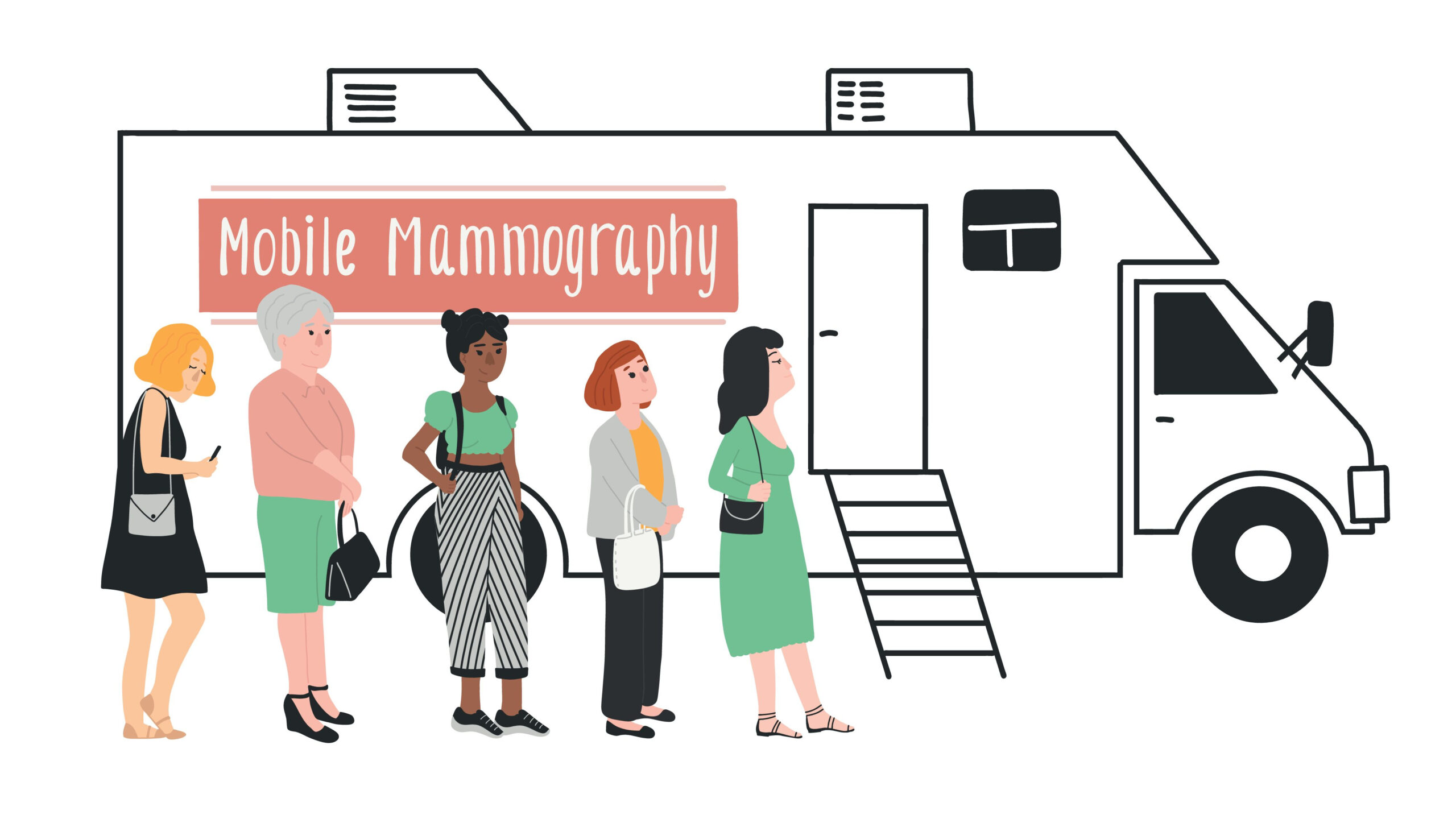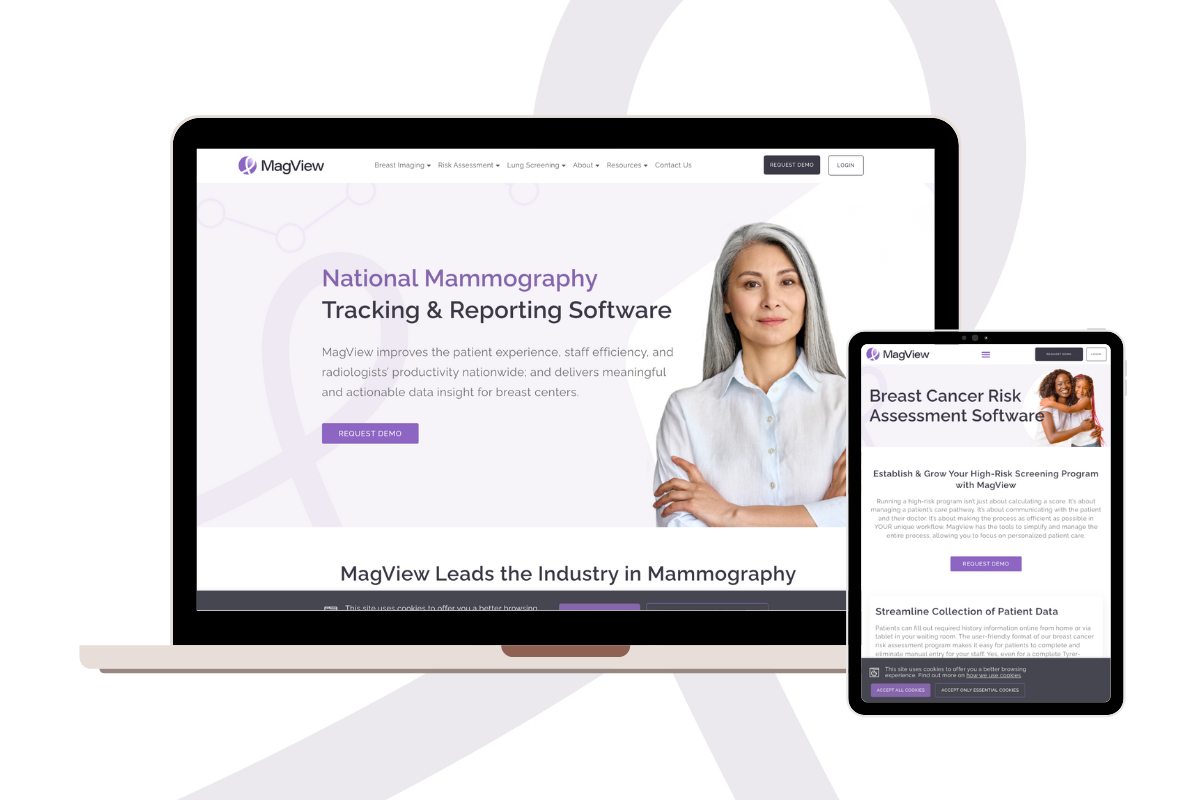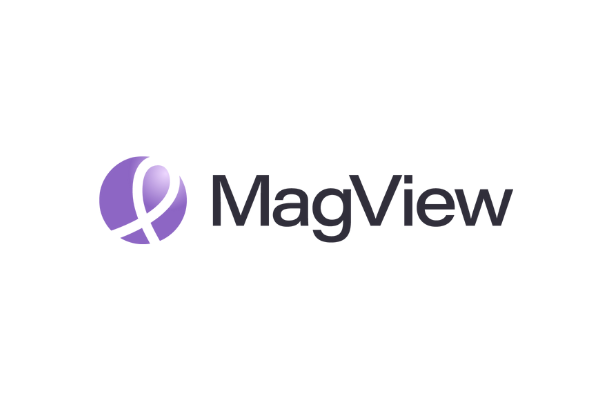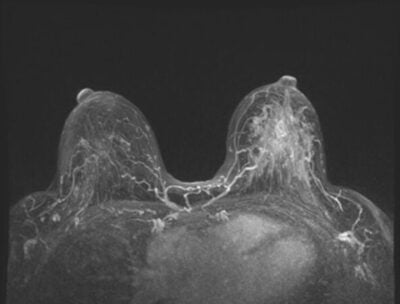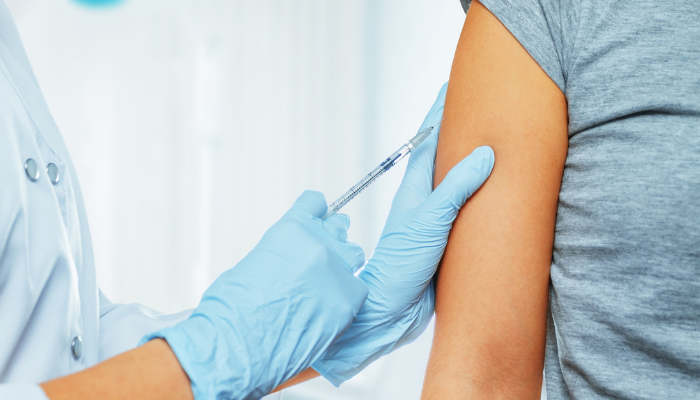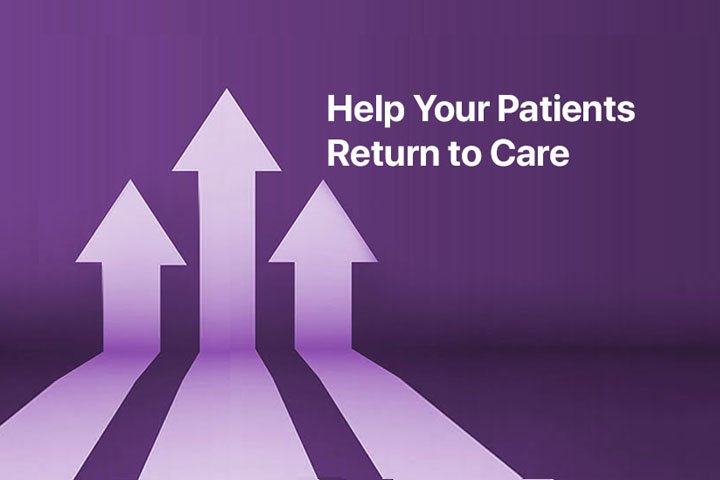Breast cancer risk assessment is essential for identifying women who can benefit from more intensive breast cancer surveillance. In our recent webinar, “Breast Imaging in the Era of Personalized Care: Tools, Tactics, and Triumphs in Risk Assessment,” Dr. Stacy Smith-Foley, the Medical Director of The Breast Center at CARTI, discussed:
- The importance of risk assessment — including its value for your patients and your practice
- Steps for creating a successful risk assessment workflow — including the tools needed to make it happen
- Tips for dealing with challenges — plus strategies to boost program growth
Here, we provide an overview of the webinar. You may also request access to the recording of the webinar by emailing sales@magview.com.
The Breast Center at CARTI
Based in Little Rock, Arkansas, CARTI Cancer Center is a nonprofit, community-based healthcare institution that has several locations across the state. Since opening in June 2019, the Breast Center at CARTI has been providing world-class expertise, technology, care and convenience across four locations. Services include:
- Leading-edge 3D mammography screening technology
- High-resolution breast MRI
- Diagnostic mammography and ultrasound
- Risk assessment and risk stratification
- Cancer genetics and risk management clinic
“We offer genetic testing at all four of our sites, and we use MagView as our electronic health record and as our mammography reporting database across all four sites as well,” Dr. Smith-Foley said.
Breast cancer risk assessment
Noting that the primary goal of risk assessment is to assist health care professionals in estimating a patient’s risk of developing breast cancer, Dr. Smith-Foley said performing risk assessment adds value to the yearly screening exam and allows the radiologist to provide patient-specific recommendations based on their family history.
“Many of the patients who visit a breast center are smart, savvy healthcare consumers looking not only for the latest technology and a good experience, but also for the most up-to-date recommendations,” she explained. “There’s no longer a one-size-fits-all solution.”
Describing risk assessment as “a systemic approach to identify significant risk factors for hereditary cancer,” Dr. Smith-Foley noted that there are multiple methods for conducting risk assessment. By using the patient information already collected, it can easily be incorporated into routine screening and diagnostic imaging in a breast center.
“Patients can answer their questions on a paper form, technologists can enter the data into a risk calculator, or the radiologist can perform this task,” she explained. “Some electronic health records can even be configured to automatically perform a risk calculation with the demographic information provided.”
Noting that various professional societies have published risk assessment guidelines, Dr. Smith-Foley said that among the models used to perform risk assessment, the Gail model is a widely-used option — but has limitations.
“We use the Tyrer-Cuzick v8 calculator, and it’s embedded in our MagView reporting system,” she said.
Implementing a high-risk program
Dr. Smith-Foley said they decided to implement a high-risk program at their center to improve patient outcomes and enhance patient satisfaction. Doing so reduced patient dropout and set their breast center apart from competitors.
“Aligning with our mission to provide cancer-focused, patient-centered care, we personalize our approach by incorporating risk assessment into each patient’s appointment at our breast center,” she explained, noting that the following systems and tools are currently being used:
- RIS: GE Q-Ris
- PACS: GE
- Workstation: Hologic SecurView® with Multiview
- CAD: Hologic Genius AI™
- Breast Density: Hologic Quantra™
- Mammography Tracking & Reporting: MagView
- Hybrid reporting: Direct Dictation with M*Modal Fluency
- Risk Assessment: MagView
Dr. Smith-Foley described the risk assessment workflow at their center in detail. An overview of the process is depicted in the graphic below.
Source: Dr. Stacy Smith-Foley
When patients do qualify for genetic testing, Dr. Smith-Foley said they work with Myriad Genetics to facilitate this process — with follow-up provided through CARTI’s Cancer Genetic and Risk Management Clinic.
“Through our testing efforts, we have identified several patients with clinically significant mutations,” she said. “If a patient tests positive with a mutation, they are referred for a face-to-face consultation with the genetic counselor. This helps us identify those patients with the greatest risk for developing breast cancer so we can give them appropriate recommendations for supplemental screenings, such as breast MRI.”
After demonstrating how risk information is populated in both the structured report and the patient lay letter, Dr. Smith-Foley provided a flow chart which “helps us navigate patients through our system.”
Source: Dr. Stacy Smith-Foley
Benefits of a high-risk program for patients
Following a discussion of two case studies demonstrating the value of high-risk screening, Dr. Smith-Foley explained how their high-risk program has impacted patients.
“We started our breast center in June of 2019 and have been actively trying to identify patients who qualify for genetic testing as they’re coming in for screening and diagnostic mammograms,” she said. “This is just a snapshot between March of 2021 and January of 2022. In that timeframe we had 128 – eight patients who underwent genetic testing.”
“While a significant number of those patients didn’t test positive, they were found to be at an elevated risk and were able to get a breast MRI,” she added. “We had several patient stories about finding small cancers that were low-grade, early stage on these MRI’s that were performed for high risk.”
“This high-risk program has transformed our practice and has had a huge impact on both our patients and their families,” Dr. Smith-Foley said. “We’ve been able to refer the patients who tested positive to the genetic clinic, and they’ve then been able to share this information with their families and cascade testing has ensued.”
Additional details, case study presentations, and tips for starting a high-risk assessment program are available by accessing the on-demand webinar. To request access to the on-demand webinar, please email sales@magview.com.

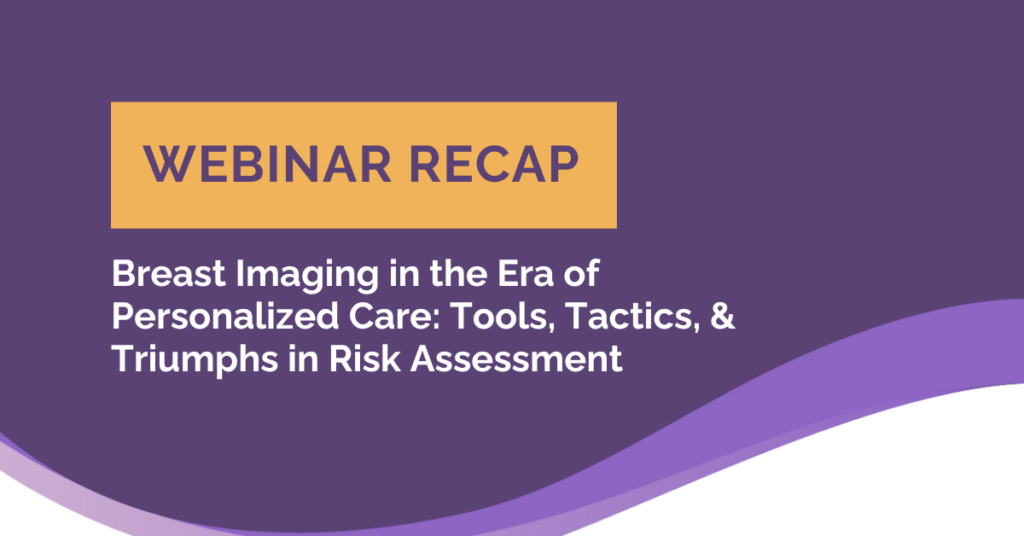



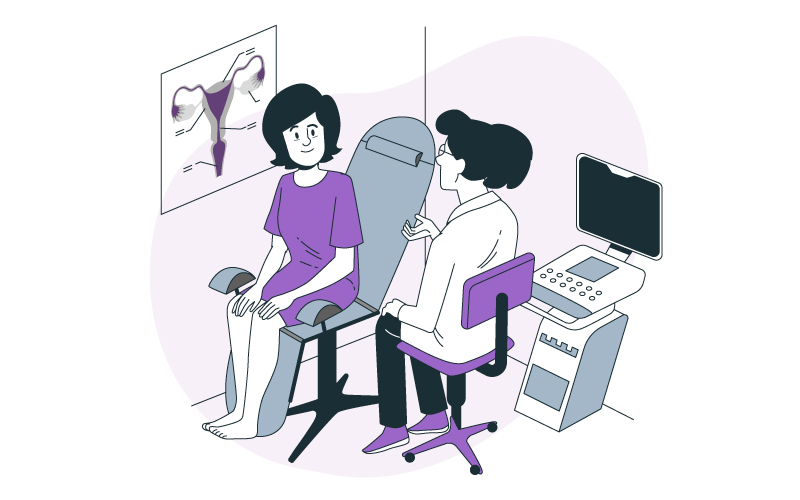




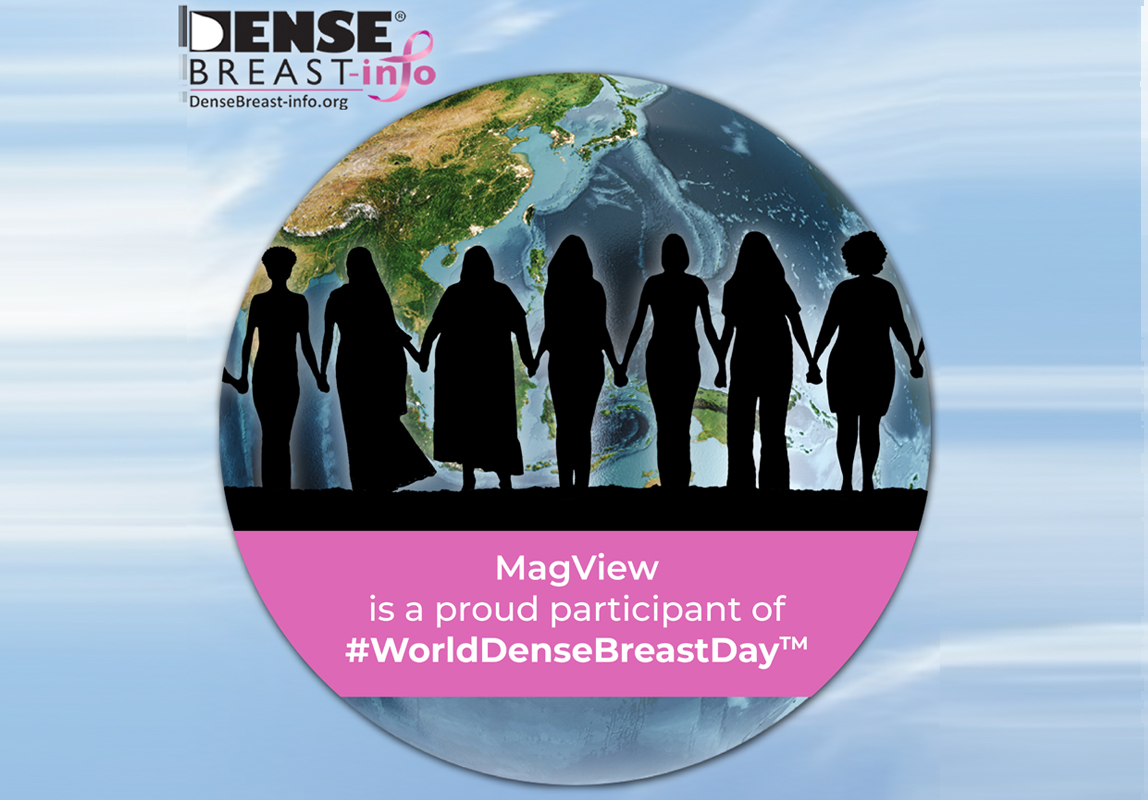
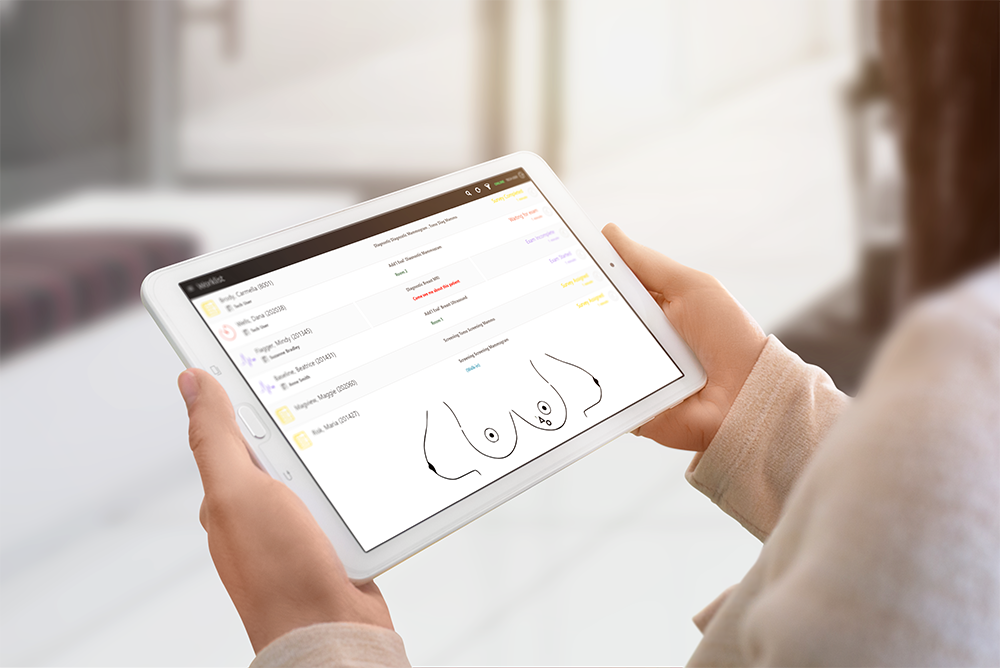

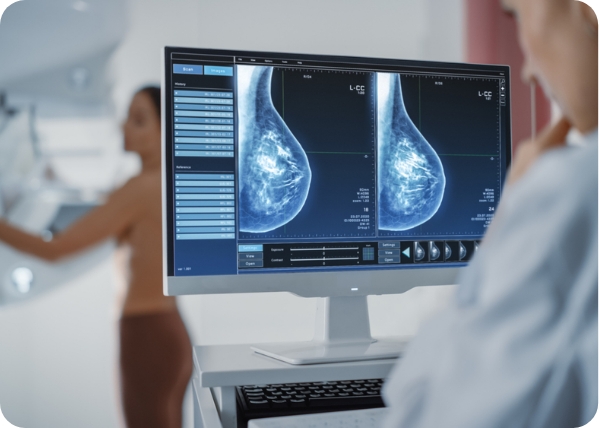


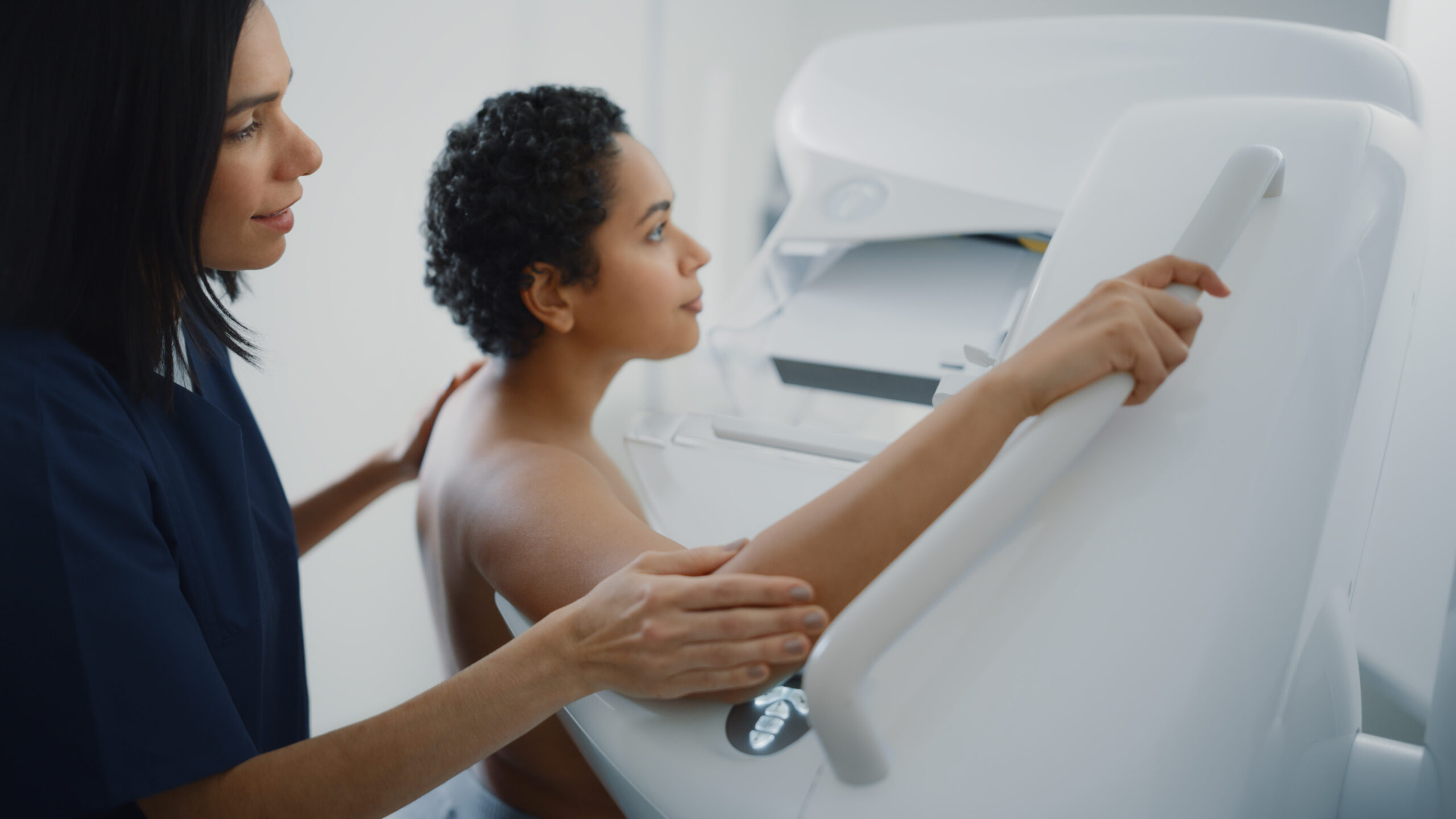
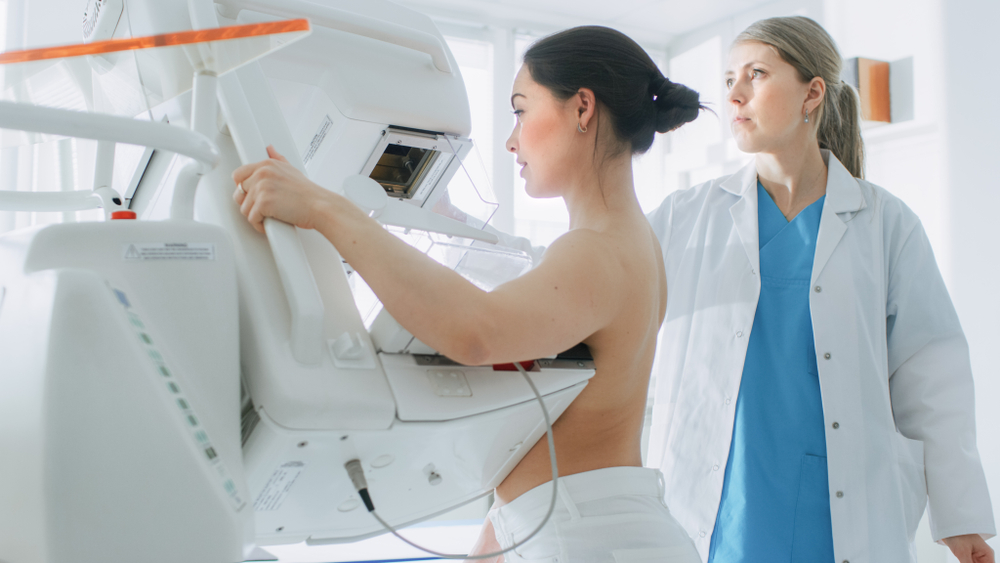
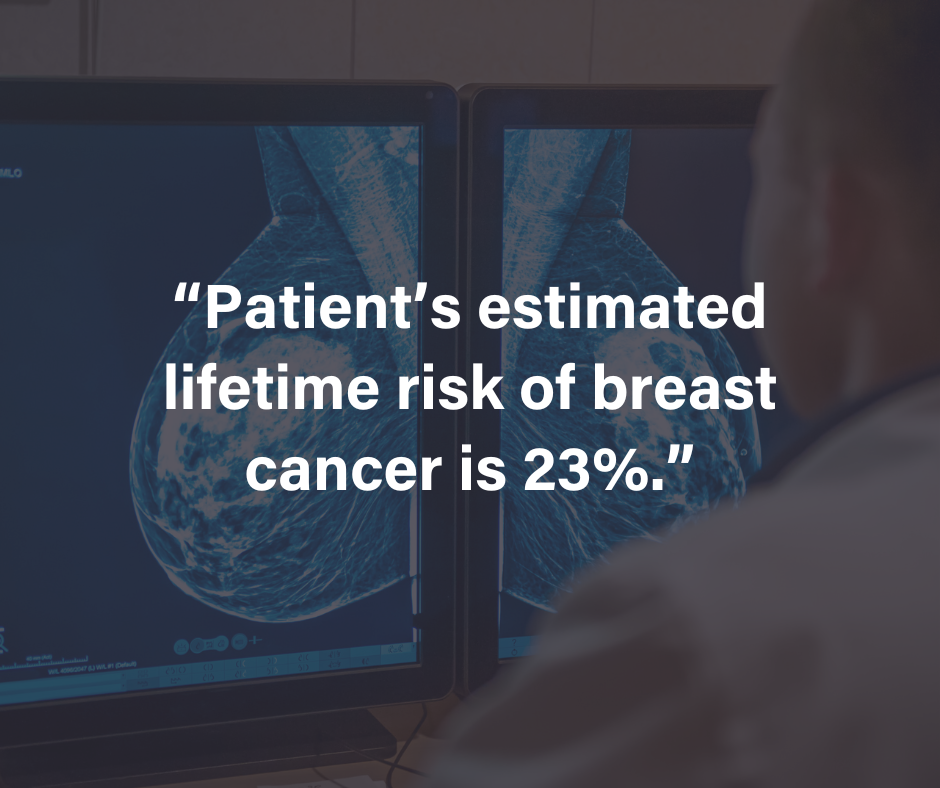







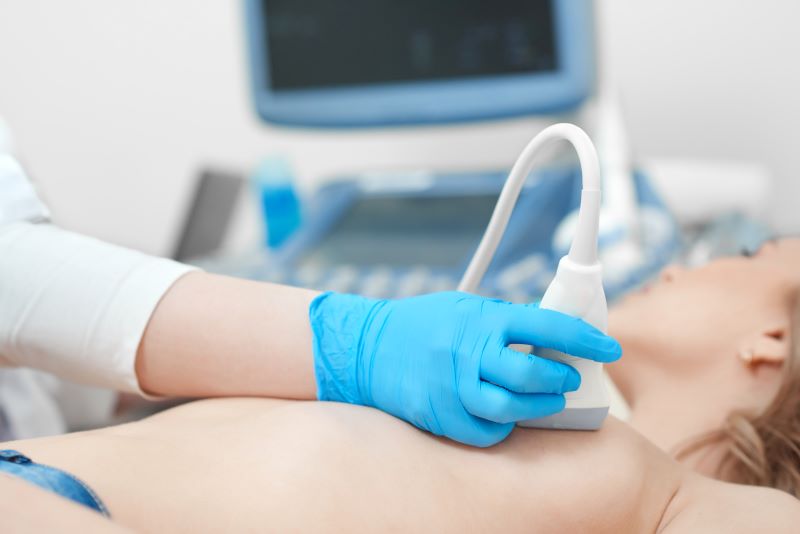
![monitoring breast density shutterstock_1299510538-[Converted]](https://magview.com/wp-content/uploads/2023/05/shutterstock_1299510538-Converted.jpg)
